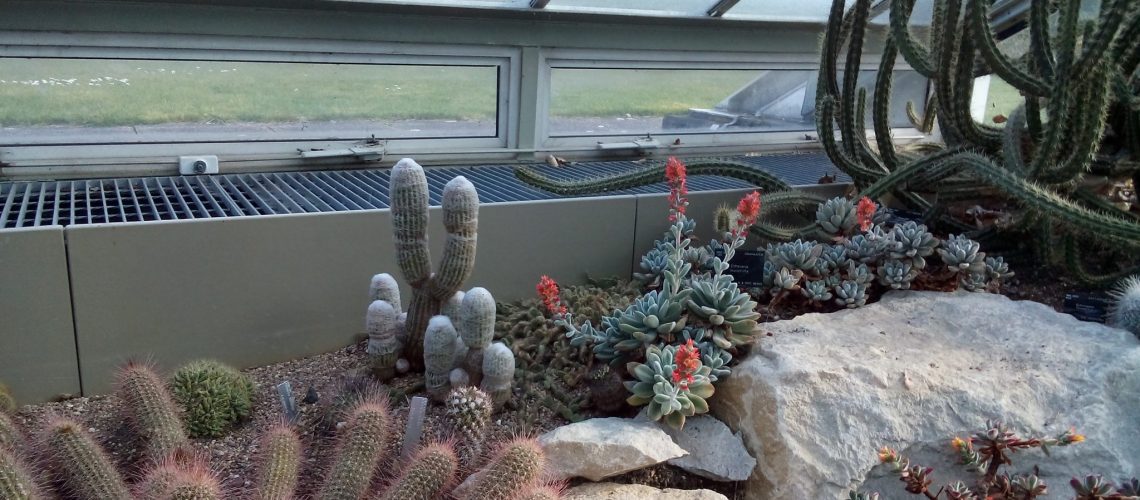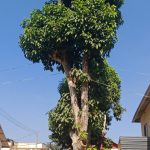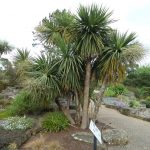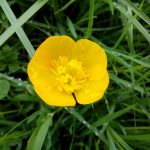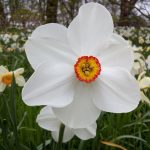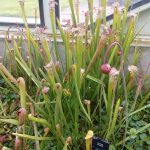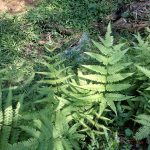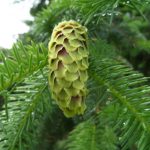10 Ways to create Green cover in Urban landscapes
Green house effect and global warming are the two most important dangers to the survival of life on this planet. One of the best ways to overcome this danger is to increase the green cover of the planet in the areas where pollution is the highest – the urban areas – the modernised cities. The challenge here for creating green cover is the shortage or complete unavailability of open land. This is a very pertinent question that has to be examined with great concern. In such a situation we have to think of improvising the available space for growing plants with the greatest intensity possible.
- We can use the open terraces and balconies of homes and industrial buildings. The plants grown in these areas could provide shade, or give aesthetic value or yield some product of use thus being dually beneficial
- The window sills, parapet walls, backyards and other such places that receive sunlight at least for four hours a day during the growing period are ideal for creating a green cover
- We could raise a lawn, a vegetable garden, a flower garden or even a microforest like a Miyawaki forest that is common in Japan.
- Small gardens can be partly converted into Miyawaki forests with closely spaced trees forming a continuous green canopy.
- The compound wall of houses can be converted into green walls and the compost generated by households can be used as the medium for growth of plants.
- In flat systems, the OTS (open to sky) area can be used to grow plants. PVC pipes can be filled with soil and compost and can be used to grow mint, lavender, sweet basil and such other seasoning herbs
- Trees and plants can be grown on medians and roundabouts and herbs could be raised in tiered format to increase the sequestration of carbon from the atmosphere
- Fast growing trees like Gulmohar, Flame of the forest and Subabul could be planted for speedy development of green cover as this is the need of the hour if we have to break the vicious cycle of failure of rains, water scarcity and loss of green cover
- For tropical conditions Neem, Fig and Tamarind are ideal and even if these are slow growing these are hardy and are able to withstand strong winds. In temperate regions evergreens will be best solution as green leaves throughout the year is more advantageous to combat global warming. For all these we need to use only indigenous seeds and fertilisers.
- If cuttings are available, we can adopt special rooting methods using Hydroponics where the nutrient medium can contain Vermicompost, bacterial compost or fish waste amino acid. This method enhances the rooting and establishment of cuttings and frees us from our dependence on seeds. The trees are also able to grow and mature fast depending on the age of the cutting used. These trees can be grown in large containers and placed indoors or outdoors
